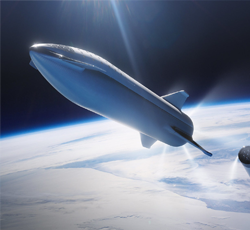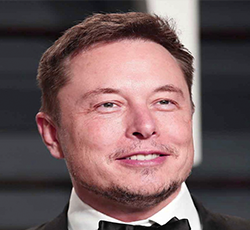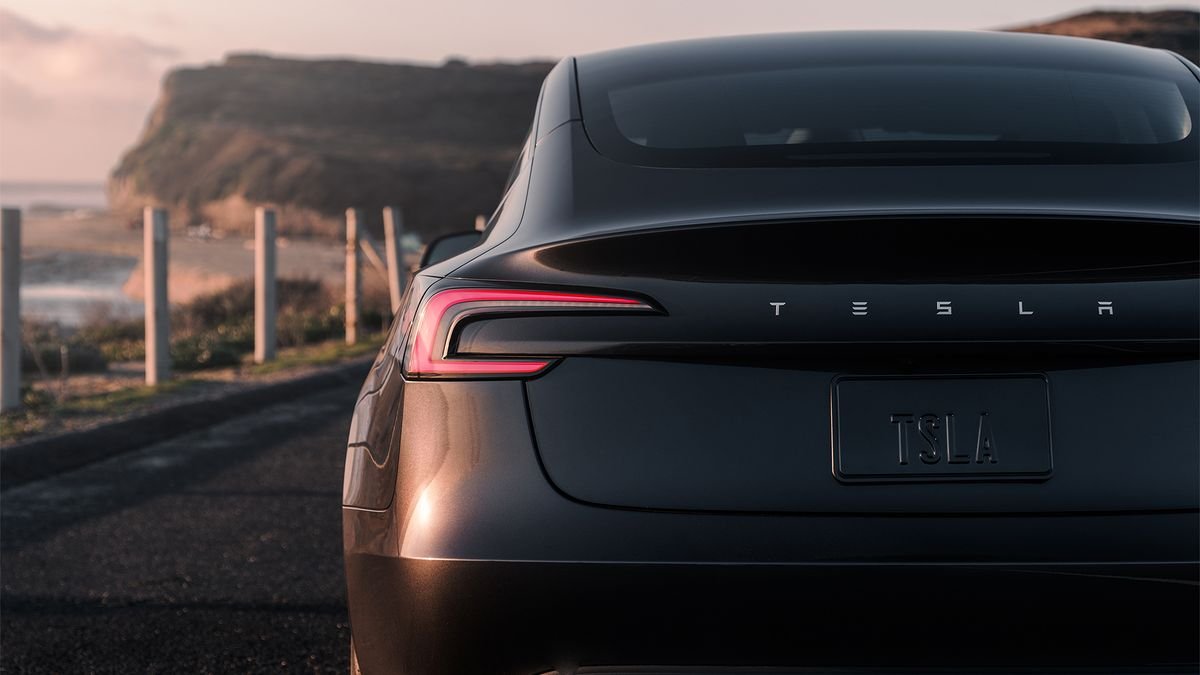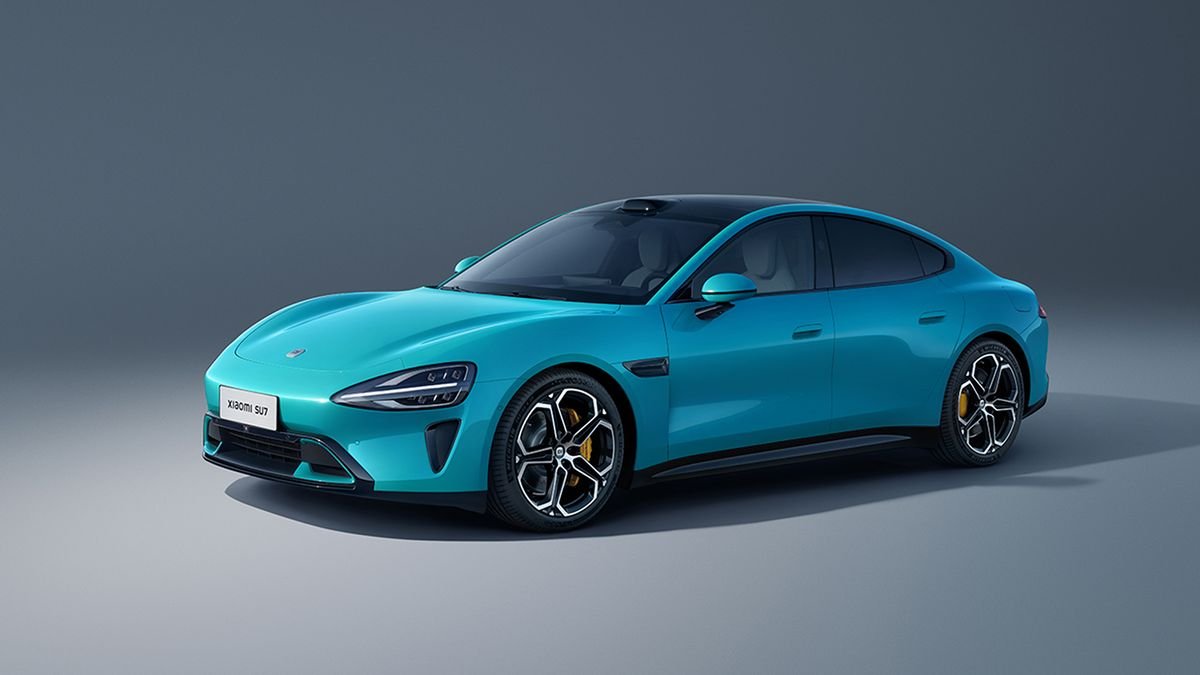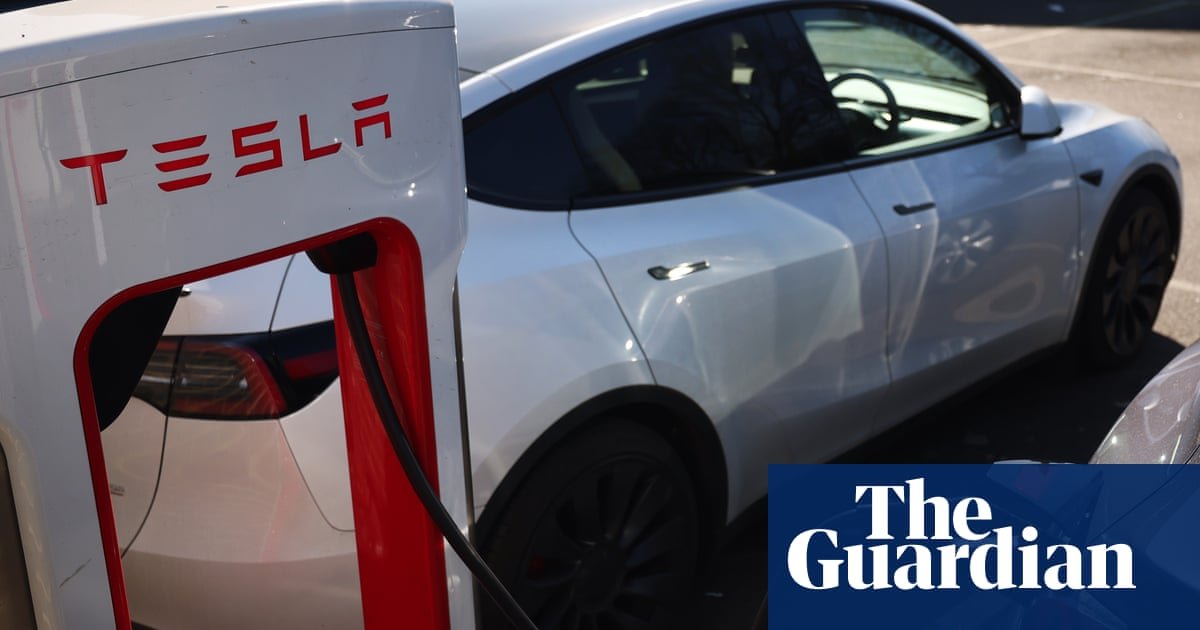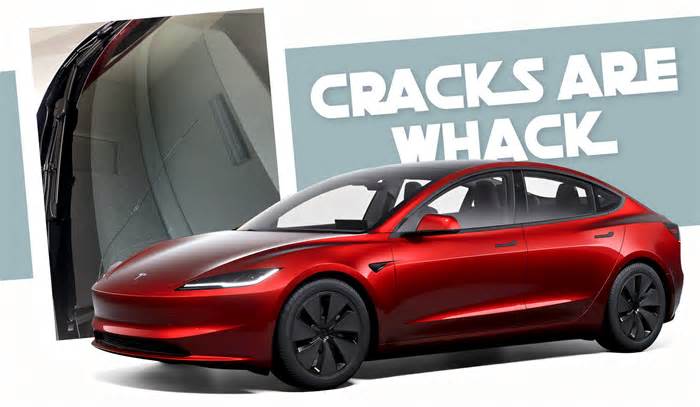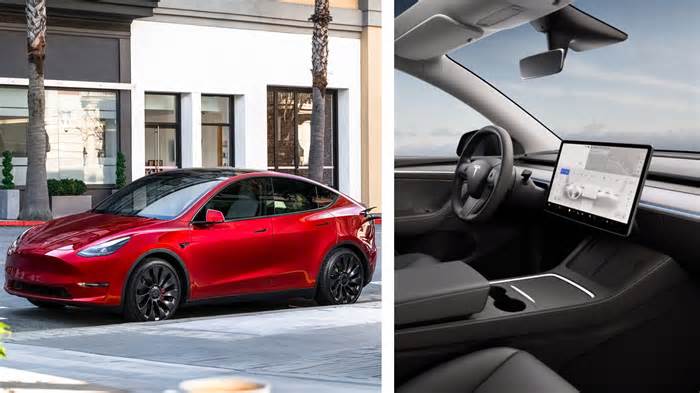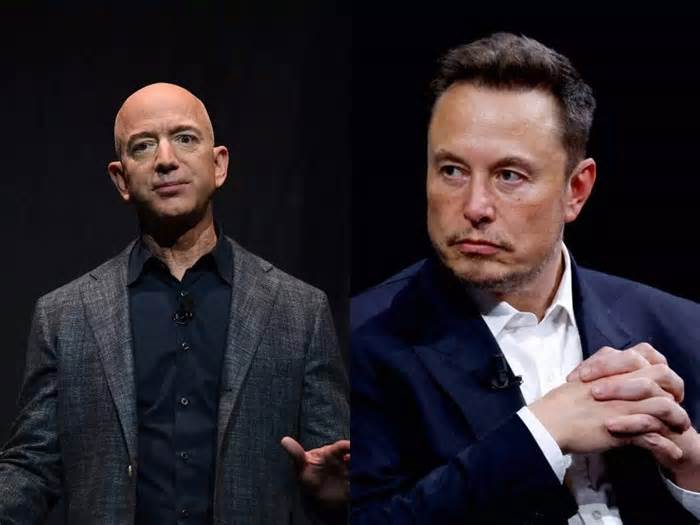
Commentary: Flirting with the Tesla
- by TwinCities.com
- Nov 17, 2017
- 0 Comments
- 0 Likes Flag 0 Of 5
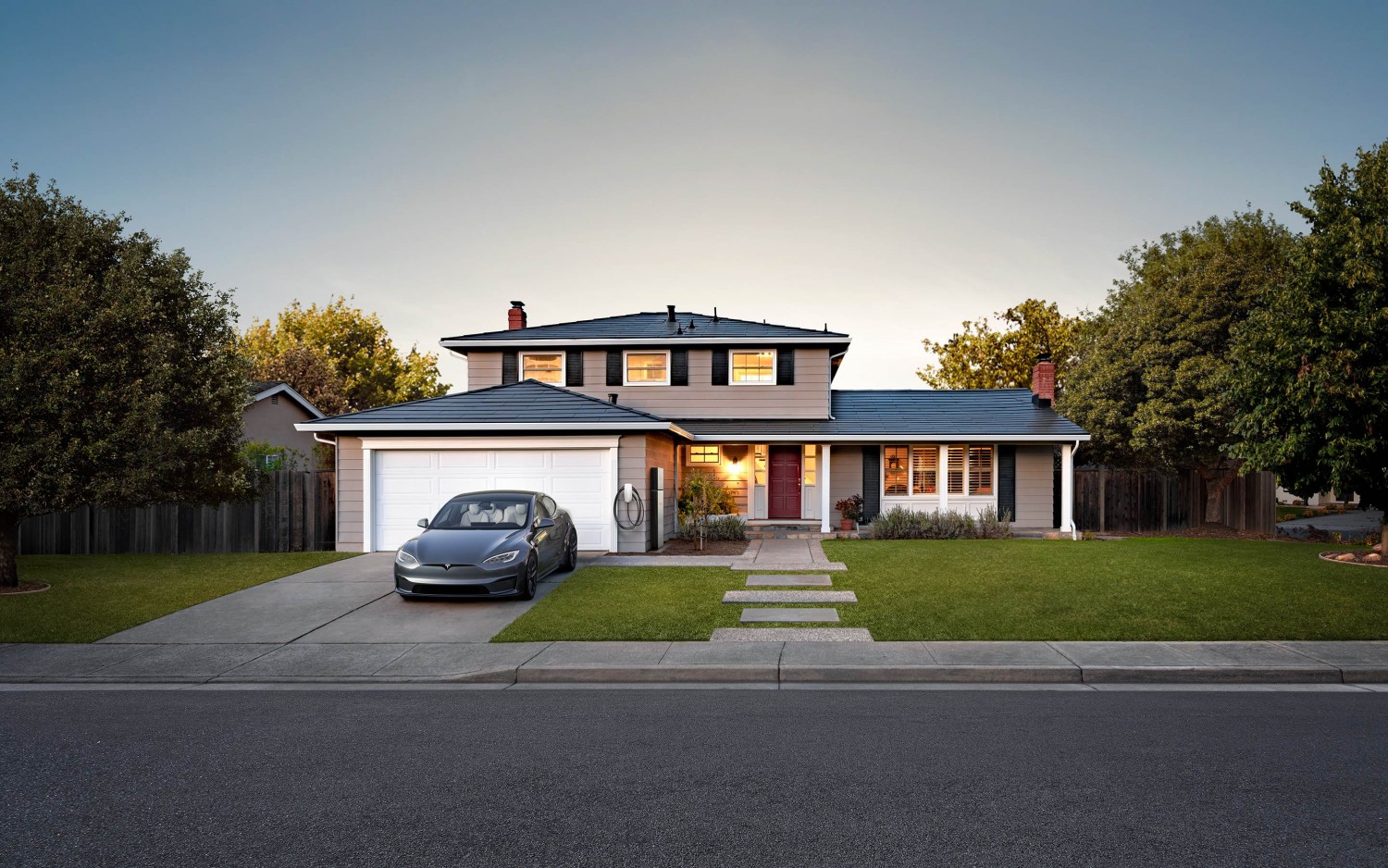
February 8, 2025 at 8:10 AM CST
I admit it. I’m a flirt.
I like to flirt with new technologies.
My most recent flirtation has been with a Tesla Model X. A friend graciously offered to let me drive his Tesla.
The vehicle I sampled was a 75D version ($79,500, minus the $7,500 federal tax credit). It’s not the Performance model with the famed “Ludicrous” mode that goes 0-to-60 mph in a blistering 2.9 seconds. The more pedestrian version I drove can do 0-to-60 mph in a mere 6 seconds.
Tesla has never focused on building vehicles like the other kids on the playground. Everything is a little different. So, we’ll talk tech and focus on a few features which make the Tesla Model X an extremely rare bird in the automotive world.
First, let’s start off with the electric drivetrain and large battery pack. The heart and soul of a vehicle, the electric drive-train promises quiet, instant torque (strong acceleration), along with being free from pollution, stops at the gas station or range anxiety.
Let’s unpack these claims into some smaller bites:
Quiet: This is one of the quietest vehicles on the road today. You can carry on a hushed conversation with only minimal road noise intruding into the cabin. Without the sound of an internal combustion engine, all but the most exclusive luxury cars are noisy by comparison. The lack of noise can also be a danger. There have been multiple instances where a pedestrian or others didn’t notice an electric vehicle approaching and was injured due to an impact. Because of this, there is ongoing research and proposals being drafted for “minimum noise” for electric vehicles to operate, especially at low speeds.
Instant torque: Unlike petroleum-powered vehicles which have lower torque at certain spots on the power band, and also having to shift gears, power is smooth, seamless, and strong. Need a fast start? Press the pedal and it goes. Cruising on the highway and need more passing power? You’ll be pushed back into your seat as if you were taking off from a stop light.
Pollution free: Now, here’s a point where “it depends.” Electricity isn’t free. And there’s always a downside to generation of power. Solar takes lots of space; wind clutters up the skyline; coal and oil emit carbon into the atmosphere and aren’t renewable; and hydro requires flooding large areas. So, if you’re considering an electric vehicle of any kind, one thing to keep in mind is the source of the electricity. You could actually create significantly more pollution driving an electric vehicle if your known power source created more carbon emissions than your gas-powered vehicle with relatively strict environmental standards.
No stopping at gas stations: While the consistent need for fuel is eliminated, there are still a handful of items which may occasionally necessitate a stop at a gas station. Even electric vehicles need air in their tires and windshield washer fluid. But the longer the journey, the more likely a stop will become. At some point on a road trip, both drivers and passengers will need to stop for rest, food, beverages, and to use the restrooms.
No range anxiety: Tesla knew that one of the biggest hurdles consumers of its vehicles would need to overcome is the ability to travel long distances. To address this, they set up a network worldwide with over 5,000 SuperChargers (2,636 at 790 locations in the United States alone) that can charge a vehicle to provide 170 miles of power in 30 minutes. They are currently working on doubling that to 10,000 worldwide. Those stations are strategically located to allow Tesla vehicles to drive coast-to-coast.
But the downside here is that these Superchargers are for Tesla vehicles only. You’re out of luck if you own a Chevy Bolt, Nissan Leaf, Smart EV, or anything else that’s not a Tesla.
On a day-to-day basis, a 200-plus mile range is adequate for the vast majority of people who commute. Coming from a gasoline mindset and going to an electric mindset, rather than filling up once or twice a week (or once every two weeks), the change is to treat your vehicle charges more like your cell phone (assuming you never let it run out of charge) on a daily or every couple of days basis.
The litmus test to ask if you could live with the electric vehicle charging model is, “How often do I need to drive more than 200 miles in a single day?” If you drive significantly more than 200 miles each day and don’t have time, patience or desire, to stop for more than the duration of a bio break recharge, an electric vehicle still isn’t a good match.
All-in-all, there are a significant number of benefits to electric powertrains such as lower energy (e.g. gas vs. electricity) costs, reduced maintenance costs (fewer moving components – less to service) and potential for high reliability over time.
The downsides to electric powertrains ultimately depend on how the vehicle will be used. Long-haul usage may not be a good fit if you don’t have the time (or patience) to wait around at a SuperCharger for 30-40 minutes 200 miles or so, or if you might forget to charge your cell phone or car each night.
More on the Tesla in my next column.
Originally Published:
Please first to comment
Related Post
Stay Connected
Tweets by elonmuskTo get the latest tweets please make sure you are logged in on X on this browser.
Sponsored
Popular Post
tesla Model 3 Owner Nearly Stung With $1,700 Bill For Windshield Crack After Delivery
35 ViewsDec 28 ,2024





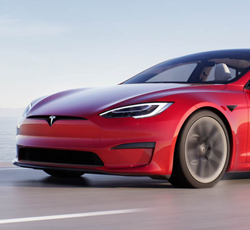
 Energy
Energy